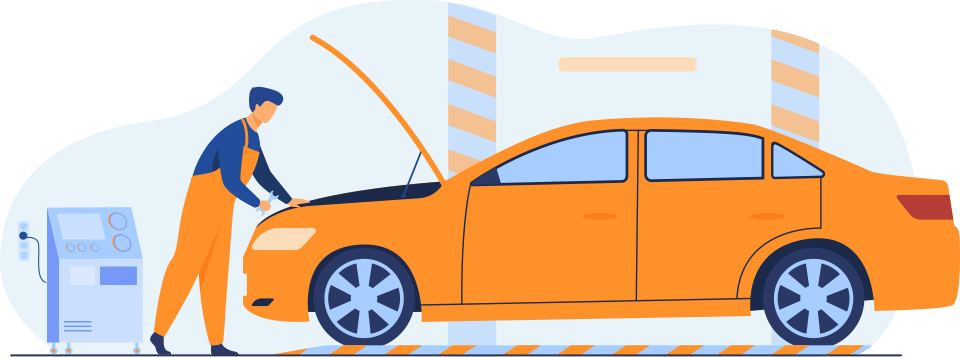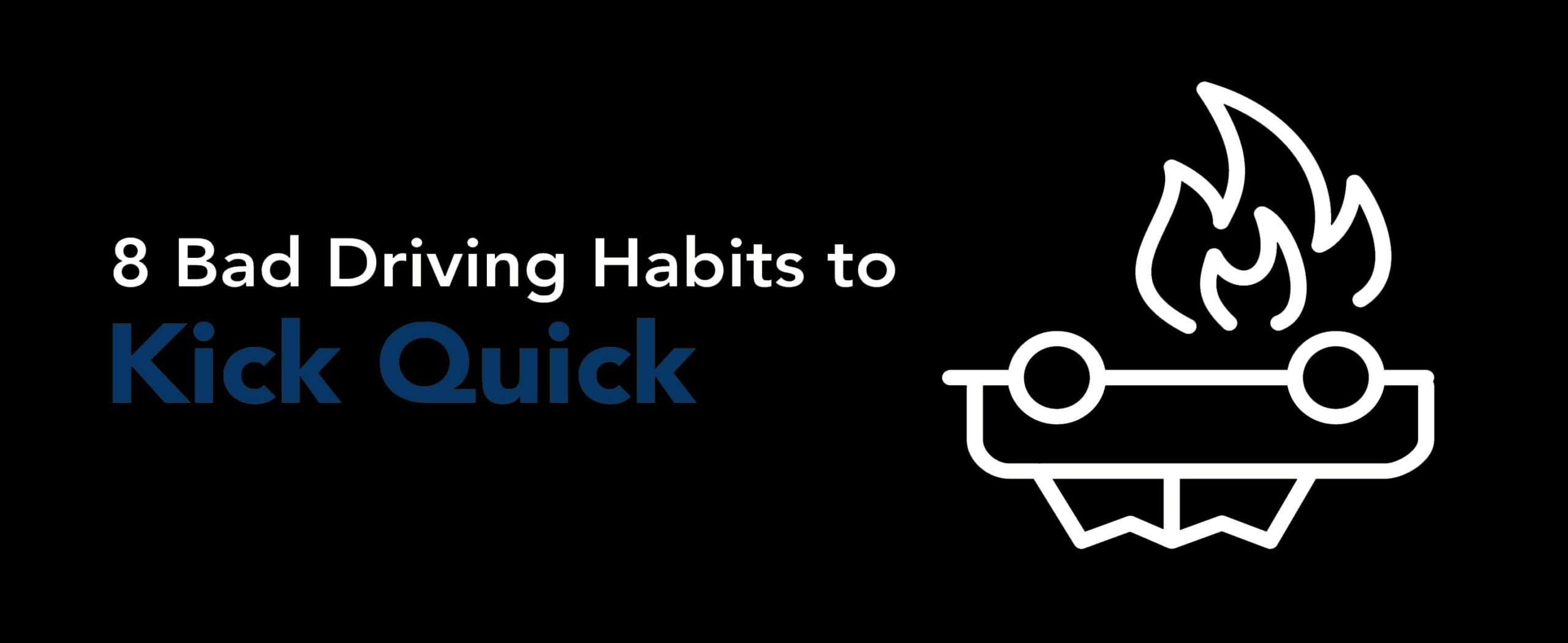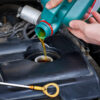Kick Quick to 8 Bad Driving Habits!
Even the most experienced drivers pick-up a bad driving habit or two. All of the bad driving habits on this list are some of the most common offenses and directly contribute to distracted driving. You owe it to yourself and to those you love to operate your vehicle safely and with the utmost focus. Identify your bad driving habits and kick them to the curb!
Using your cell phone while driving.
Whether you’re sending out a quick text to a friend or scrolling Instagram for the latest updates in your social circle, cellphone use while driving is a bad driving habit to kick. As of 2014, Illinois law prohibits the use of hand-held cell phones (texting or other electronic communications while operating a motor vehicle. Hands-free devices for Bluetooth technology is allowed for persons over age 18. Top Driver has partnered with Just Hang It Up, a student led nonprofit dedicated to ending distracted driving.
Not wearing your seatbelt.
Maybe one of the easiest driving habits to successfully implement is buckling your seatbelt. Seat belts should be worn every trip and prevent you and your passengers from being ejected from the vehicle during a crash. If you’re having trouble remembering to buckle up, leave yourself post-it notes by the door and in your vehicle, ie: Buckle up. Click it or ticket. Secure seatbelt. Eventually your muscle memory will kick-in and fastening your seatbelt will become second nature.
Tailgating a vehicle.
Tailgating or drafting refers to driving behind another vehicle too closely. Always maintain a safe following distance. Following distance is the distance between you and the car in front of you on the road. By definition, proper following distance would be the distance you would have to be from the vehicle in front of you so that no matter what that vehicle does, i.e. slam on the brakes, you would not rear end that vehicle.
This distance should be at least 3 – 5 seconds and can be measured through counting. Select a stationary object on the roadway, like a tree or a lamp post, and begin to count (one-one thousand, two-one thousand, three one-thousand) when the rear of the vehicle in front of you passes that object and continue to count until the front of your vehicle reaches that same object.
Driving too fast in poor weather conditions.
One of the most important skills a driver can have is the ability to analyze the driving environment. We use two terms to describe these environments: ideal and adverse. Ideal conditions are perfect conditions in which no adjustments to our driving need to be made to remain safe. Ideal conditions are the type of conditions posted speed limits are set for. Adjustments to your speed will need to be made when weather conditions deteriorate.
Poor conditions include: heavy rain, ice, snow, flooding, etc.When matching or adjusting your speed for conditions you must evaluate three key elements; space, traction, and visibility. Space refers to the area around the vehicle. Traction refers to the grip of the tires to the road surface.
Drowsy driving.
Driving tired or fatigued can result in an accident. Literally falling asleep at the wheel is a very real possibility when your body is starved for rest. At some point your body will shut down in order to receive the nourishment it needs. Always plan long trips out in advance, so you can account for drive time and factor in resting points along your journey. If at any other time you feel too tired to drive, call a friend, take a cab etc. It’s a small trade-off to make when your life and is at risk.
Failure to yield at right of way.
Intersections are among the most hazardous locations and are the site of many collisions. As you enter, scan the entire block for potential problems. Reacquaint yourself with right of way rules, so you know how to successfully navigate through an intersection without incident. Definitely don’t run through stop signs.
Failure to signal.
All states require use of turn signals. Most states require turn signals not less than the last 200 feet traveled by the vehicle before turning right or left. Signaling before a turn allows other drivers to plan and adjust for your driving intentions. It’s important to practice changing lanes on residential streets, city streets, and highways so that you become comfortable with the process.
Not practicing pre-drive procedures.
Your vehicle requires attention and regular maintenance to maintain safety standards. Regardless of how great a driver you’ve become, you need a vehicle that is in good condition. Getting ready to drive should include a brief pre-trip vehicle inspection.
Check for the following:
Tire condition and pressure
Excessive fluid leaks
Windshield wiper functionality and fluid level
Gas level
Emergency supplies
Whether you’re taking a two-day road trip or just out running quick errands, safety should always be your top concern. Prepare for what you can control: maintenance of your vehicle, pre-drive checklist and take refresher courses to keep bad driving habits at bay. You can’t control everything on the road, but you can control how you respond.
Stay current with law changes and best driving practices with Top Driver.








